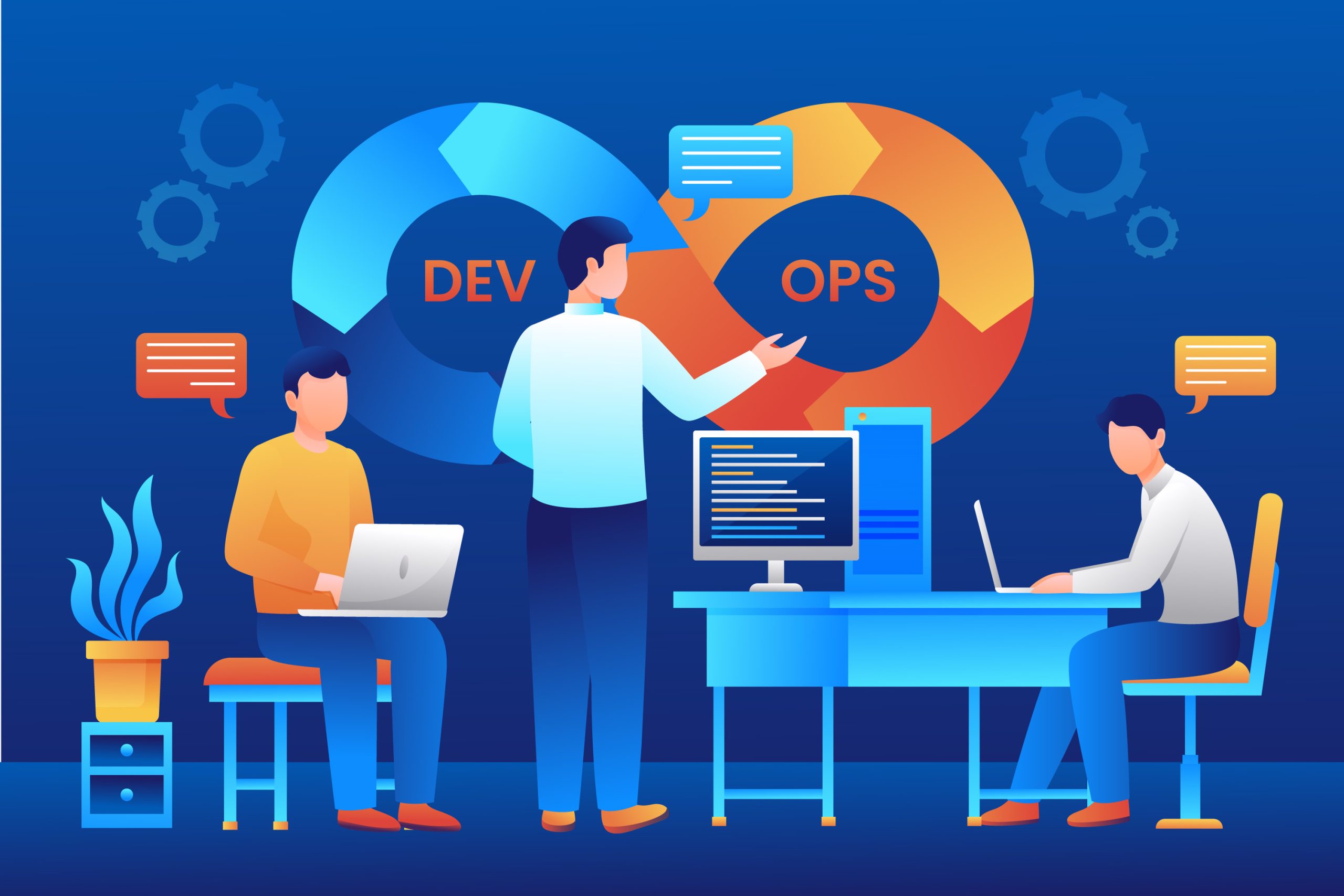The Essential Guide to Salesforce DevOps Center: Best Practices and Implementation

Salesforce is a powerful platform enabling businesses to streamline operations and enhance customer engagement. Organizations are increasingly adopting DevOps practices to ensure the smooth development and deployment of Salesforce applications. In this comprehensive and well-researched article, we will explore the concept of the Salesforce DevOps Center, its benefits, and the best practices for its successful implementation. By understanding the essential components and strategies of Salesforce DevOps, businesses can optimize their development processes, improve collaboration, and achieve faster time-to-market.
Understanding Salesforce DevOps Center:
Salesforce DevOps Center is a comprehensive solution that combines development, version control, continuous integration, and release management capabilities into a single platform. It aims to bridge the gap between developers and operations teams by providing a unified environment for collaboration, automation, and monitoring throughout the development lifecycle. With Salesforce DevOps Center, organizations can achieve a seamless and efficient DevOps process specific to Salesforce applications.
Key Benefits of Salesforce DevOps Center:
Implementing Salesforce DevOps Center offers numerous benefits for organizations:
a. Enhanced Collaboration: Salesforce DevOps Center brings together developers, testers, and operations teams, fostering collaboration and enabling cross-functional communication. It breaks down silos and promotes a culture of shared responsibility and accountability.
b. Streamlined Development Process: Salesforce DevOps Center automates repetitive tasks like code deployment and testing, allowing developers to focus on value-added activities. It eliminates manual errors, reduces development time, and ensures consistent release quality.
c. Continuous Integration and Continuous Deployment (CI/CD): Salesforce DevOps Center supports CI/CD practices, enabling organizations to continuously integrate code changes, run automated tests, and deploy applications seamlessly. This results in faster and more reliable deployments.
d. Version Control and Traceability: Salesforce DevOps Center provides version control capabilities, allowing organizations to track and manage changes to their Salesforce configurations and customizations. This ensures traceability and facilitates easy rollback in case of issues.
e. Improved Governance and Compliance: With Salesforce DevOps Center, organizations can enforce governance policies and maintain compliance standards throughout the development and deployment. It provides visibility into changes and promotes adherence to security and regulatory requirements.
Best Practices for Implementing Salesforce DevOps Center:
To successfully implement Salesforce DevOps Center, organizations should consider the following best practices:
a. Establish a DevOps Culture: DevOps is not just about tools but also a cultural shift. Encourage collaboration, communication, and shared responsibilities among teams. Foster a culture of continuous improvement and learning.
b. Define Clear Release Management Processes: Establish well-defined release management processes, including versioning, branching strategies, and deployment workflows. Standardize release processes to ensure consistency and minimize errors.
c. Automate Testing and Quality Assurance: Leverage automated testing frameworks and tools to ensure code quality and minimize the risk of regression. Implement automated unit, integration, and user acceptance tests to maintain application stability and reliability.
d. Adopt Agile Methodologies: Agile methodologies, such as Scrum or Kanban, can enhance the effectiveness of Salesforce DevOps. Embrace iterative development, frequent releases, and feedback loops to enable quick adaptation to changing business requirements.
e. Invest in Continuous Monitoring and Feedback: Implement monitoring and feedback mechanisms to capture insights from production environments. Leverage analytics and monitoring tools to identify performance issues, user behavior patterns, and potential areas for improvement.
f. Embrace Continuous Learning and Improvement: Encourage a culture of continuous learning, experimentation, and improvement. Regularly review and optimize development processes based on feedback and metrics.
Conclusion:
Salesforce DevOps Center offers organizations the means to streamline their development processes, enhance collaboration, and achieve faster time-to-market with Salesforce applications. By implementing best practices such as fostering a DevOps culture, defining clear release management processes, automating testing, adopting Agile methodologies, investing in continuous monitoring, and embracing continuous learning, organizations can maximize the benefits of the Salesforce DevOps Center. As organizations navigate the evolving landscape of Salesforce development, adopting DevOps practices becomes increasingly crucial. By leveraging the power of the Salesforce DevOps Center, businesses can drive innovation, improve efficiency, and deliver high-quality applications that meet the ever-changing needs of their customers.






